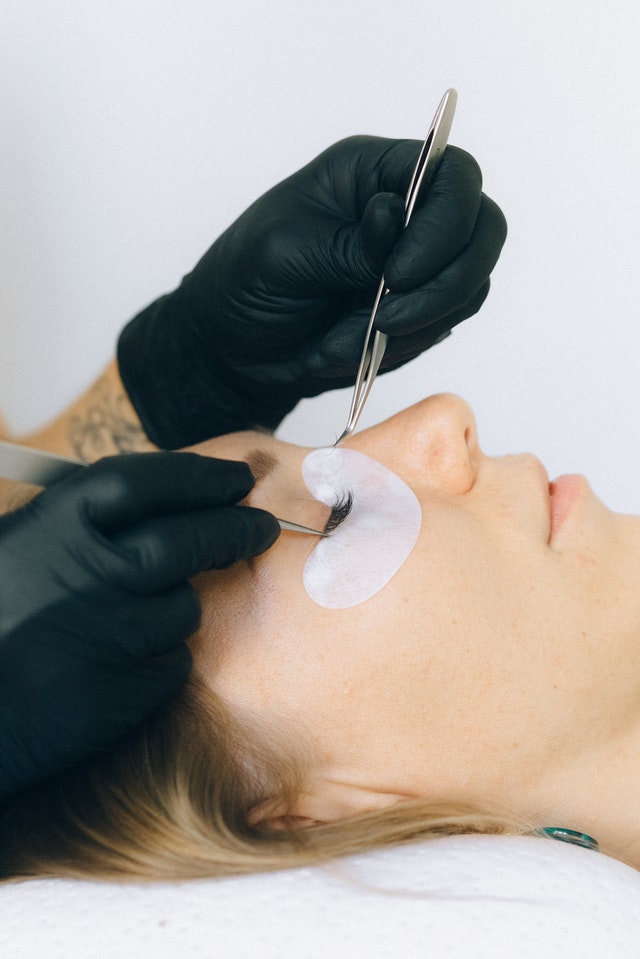With the rising concern regarding animal exploitation, one area of focus has been to eradicate animals’ use for experimental testing by cosmetic laboratories worldwide. Several steps are increasingly being taken for this motion.
One of the significant hurdles in moving cosmetic testing to artificial or lab-developed skin is the uncertainty of how similarly artificial skin can behave. Without hair follicles and glands, there has traditionally been a limit to which lab-based skin could mimic natural skin. Till date, this has limited the effectiveness of cosmetic testing performed on those.
To overcome this, cosmetic companies partner with different universities or industry players to develop artificial skin that mimics the real skin to the maximum extent possible. Attempts have been made to have similar oil, sweat secreting glands, hair follicles, layered structure, and more similarities.
One of such recent partnerships has been between Unilever and chemical engineers at the University of Surrey to develop an artificial skin bioreactor. The team is working to develop a high-throughput bioreactor about a quarter the size of a laptop that, in simple terms, will consist of a plastic container embedded with a 3D’ sponge-like structure. This structure consists of layers of skin cells with a network of plastic tubes representing the bloodstream.
A few years ago, 2D artificial skin models were based on a layer-by-layer system of skin-relevant cells that essentially like thin paper. However, now these models lack robust and tunable structures. Hence, they need to be modified.
Companies are now coming up with 3D skin models developed using different technologies such as 3D printing, Microfluidics, Bioreactors, and others.

Penetration of New Technologies
- Digital Twins in Cosmetic Industry:
A digital twin is a leading technological advancement in manufacturing that connects the real world with the digital world. It provides a virtual mirror image of the product. It simulates products, machines, and plants, thus, providing an ethical platform to conduct research. This enables the companies to recognize errors at an early stage. This helps to avoid the development of expensive and complex prototypes. This provides shorter reaction times and faster decision-making.
The TCS Digital Skin Twin Platform employs multiscale modeling and virtual reality (VR) for transdermal pharmaceutical and cosmetics delivery. The platform is capable of micro-and macro-scale modeling. The skin mimics the physicochemical properties of human skin, thereby facilitating how constituents of new formulations are transported through its layers.
The digital twin platform uses a VR-based tool for advanced visualization and collaboration overcloud. This platform can enhance developmental processes significantly from systematic simulations leveraging molecular dynamics and computational fluid dynamics to adept at nanoparticle design.
The platform provides numerous benefits, such as
- new formulation development without animal testing,
- in-silico screening for transdermal delivery,
- a better understanding of futuristic solutions,
- virtual space for collaborative designs, etc.
- 3D Printed Skin as skin model:
3D printing is reaching new excellence and value levels in the modern market, with the CELLINK’ BIO X’ 3D bioprinting device. The printer enables engineers to print using both syringe extrusion and pneumatic technologies for various applications in the medical field. This system works by utilizing a hydrogel material that offers a temporary support system to create its matrix support. This means that living tissue, skin cells, and much more can be printed using the printer as a practical component for oncology research.
JALA Group, Shanghai, utilizes advanced histologic and cell technologies to develop artificial skin using 3D printing technology. The artificial skin developed using this method has excellent biological properties and features a complete structure, including the dermis, epidermis, and basement membrane.
3D-printing offers many advantages like
- Providing high-throughput results
- The technology is reliable
- Cost-effective process
- Enhanced reproducibility
- Artificial Skin Through Organ-on-Chip (Microfluidics)
A*Star Singapore has developed a cost-effective platform mimicing the cutaneous physiological environment.It employs a technology called a Microfluidic permeation array (μFPA) made up of thermoplastic material and is feasible for mass production. The platform developed by A*Star offers several benefits like high-throughput results, reliability, cost-effectivity, and improved reproducibility.
Revivo Biosystems, another Singapore-based company, uses a platform to test ingredients of drugs, cosmetics, and other products on human tissue samples or lab-grown simulants. The company’s organ-on-a chip-platform is disposable, multi-chamber, plastic microfluidic chips for studying the permeation and safety of chemicals.
Fraunhofer Institute for Material and Beam Technology has prepared multiple organs and can create artificial skin mimicing the natural skin for R&D purposes or cosmetics testing. The institute plans to integrate sensors, machine learning, and other algorithms to enable analyses to be carried out right on the chip. The developed multi-organ chip helps in quick research, rules out the use of animals for testing, and replicates the different blood circulation levels in organs.
- Artificial Intelligence for Animal-Free Testing
Nowadays, biological data’s size and complexity are constantly increasing, mainly due to high-throughput sequencing methods. Computer models using mathematical and statistical techniques are often used to build a coherent view of all these data.
Verisim Life (Verisim) (San Francisco-based biotechnology startup) builds digital animal simulations circumventing the need to test substances on animals. Along with removing the need for cruel treatments of animals, these simulations can also accelerate the broader drug development process and speed up the launch of new medicines.
Advanced computational methods aim to study how networks of interacting biological components determine living systems’ properties and activities in systems toxicology. The goal is to create an overall computational model of the multicellular systems, and ultimately the organism. These in silico models provide virtual test systems to replace animals.
Additional computer models accepted at a regulatory level for some (eco)-toxicological endpoints are the so-called QSAR (Quantitative Structure-Activity Relationship) methods. These methods are essential to predict the biological effect of chemical compounds based on mathematical and statistical relations.
Different technologies are enabling the development of artificial skin models that can be used for replacing the animal-testing. These skin models are developed to resemble the natural skin to the greatest possible extent. Different companies are using various technologies to achieve the common goal. The companies have to mandatorily adopt these alternatives to maintain their reputation in the market and be recognized as a company with testing ethics.
Author Bio:
Mr. Hitesh Gupta is the Assistant Project Manager of multiple at Ingenious e-Brain, a leading global ISO certified company providing a broad spectrum of IP intelligence, technology intelligence, and business intelligence services to worldwide companies and legal firms across the globe.
To follow the guidelines for health write for us a niche you can read on our website.



